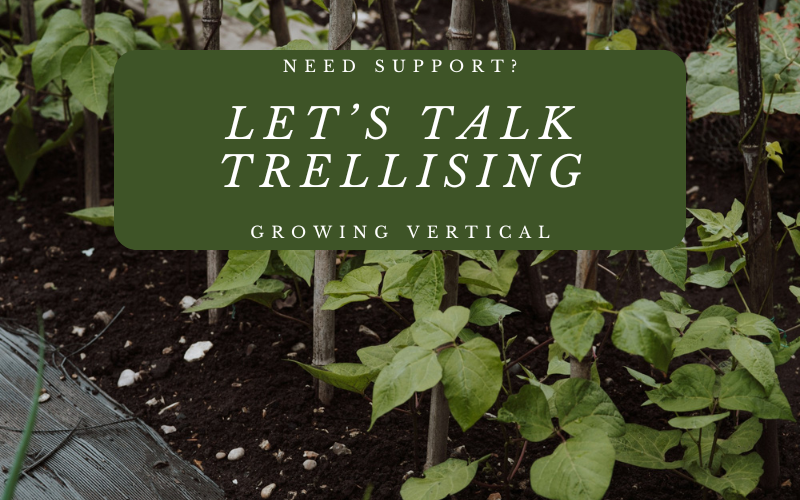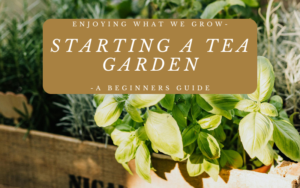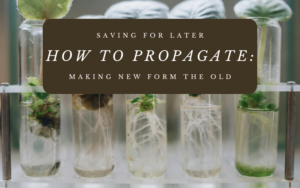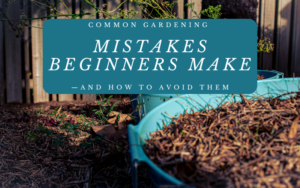So a while back I made a post about starting some tomato plans from seed. At that time the only thing that I’s successfully grown are aloe vera, a plethora of succulents and one single lemon from my dwarf tree. It was ( and is) my first attempt to growing produce that In abundance I could actually consume.
What I didn’t know was not only the very particular needs that these tomatoes were going to have but also the height these plans were going to get to in what seems like overnight. One afternoon there was a particular strong gust of wind that hit these plants, so strong to where I thought the pot would topple over. I decided right then that my plants had gotten big enough to where I needed to put a trellis on them.
Trellising is not only useful for the support of your plants but they also save space for you by allowing your plants to grow vertically, they give better air circulation which reduced the risk of diseases and mold, and your plants, if fruit bearing are easier to see and pick when it is time to harvest.
Trellis this, trellis that. What is a trellis you might be asking? It’s a structure used to support climbing plants, vines, or heavy fruit bearing plants and display them and giving them a structure to grow on. Here are some plants that benefit from trellising:
- Tomatoes🍅
- Cucumbers 🥒
- Peas 🫛
- Beans 🫘
- Squash 🍆
- Melons 🍈
Now there are plenty of variations of trellises that you can use but because we want to get the most bang for you buck, so I’ll give you some options that you can use then show and tell you how I decided to do mine.
So some options when looking for some support for your plants include:
- Wooden Frames
- Metal Cages
- String and Stakes
- Fences or Walls
I went with the string and stakes method for two reasons. One, I personally think that getting two sticks and some string is cheaper and easier to find, but it is possible to find these other methods for a cheap price (or even free). Two, I waited absolutely way too long to find a trellis for my tomatoes. It is recommended that you begin to install your preferred trellis system when you either plant your seeds or when they grow into their seedling phase. Now my current set will have to be modified in the near future but it was imperative that I got something for my plants in the meantime.
[insert picture of tomatoes]
As you can see those are plastic stakes which in the long run are not healthy at all for my soil composition or just in general. I will be replacing those with wooden ones very soon. However I am using 90% cotton twine/rope as the brace for my plants. I first started by tying a loop know at the base of one of the stakes, the slowly moving upwards I wrapped the twine up both of the stake until it reached the top where I tied another loop knot.
Now it is important that you choose a trellis that is right for the type of plant that you are growing and can handle the weight of the fruit on your full mature plant. It is also important that you train your plants as they grow up the trellis and check regularly to adjust and help the plant stay supported.🌼
For now though, I hope you have learned what a trellis is and how it can help you in the growth of some of your favorite plants as well as some options to look into when deciding which one works best for you and your garden.
Until next time, as always, Plant with a Purpose! – BTR




